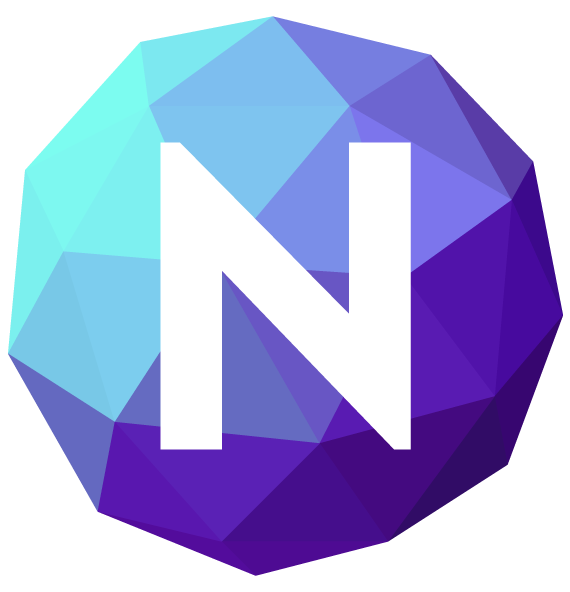Nikka Estefani
Category: Design Tips
In the world of user interface (UI) design, icons are powerful visual elements that help users quickly understand and navigate digital interfaces. These small, yet mighty graphical representations have become an integral part of modern design, conveying information and enhancing the user experience. One aspect that plays a significant role in the effectiveness of icons is their style. In this blog post, we’ll explore the importance of icon styles in UI design and delve into various popular styles that designers can leverage to create visually appealing and functional interfaces.
The Role of Icon Styles in UI Design:
Icons serve as visual cues that aid users in understanding the functionality and purpose of different elements within an interface. The style of an icon plays a crucial role in attracting attention, conveying meaning, and creating a cohesive visual language. By choosing the appropriate style, designers can enhance usability, improve user engagement, and strengthen the overall aesthetics of their designs.
Popular Icon Styles in UI Design:
a) Flat Icons

Flat design has gained immense popularity in recent years due to its minimalistic and clean aesthetic. Flat icons are characterized by their two-dimensional appearance, with simple shapes, solid colors, and minimal details. This style is highly versatile and works well in a variety of design contexts, from mobile apps to web interfaces. Flat icons offer a contemporary and streamlined look, while still conveying information effectively.
b) Material Design Icons

Material Design, introduced by Google, is a design language that focuses on creating a realistic and tactile experience through the use of shadows, depth, and smooth animations. Material Design icons follow specific guidelines and principles to ensure consistency and familiarity across various platforms and devices. These icons often feature subtle gradients, shadows, and layered effects, which add depth and visual hierarchy to the UI.
c) Glyph Icons

Glyph icons are minimalist and simplified representations of objects or concepts, typically using simple lines and shapes. They are highly versatile and can be used in a wide range of contexts. Glyph icons are known for their clarity and scalability, making them ideal for responsive design. By using glyph icons, designers can achieve a visually pleasing and universally understandable UI.
d) Skeuomorphic Icons

Skeuomorphic icons mimic real-world objects and textures, creating a sense of familiarity and tangibility. This style was popular in early digital interfaces when designers aimed to bridge the gap between the physical and digital realms. While skeuomorphic icons may not be as prevalent today, they still have their place in specific design contexts, such as gaming or apps where emulating real-world objects is desired.
Guidelines for Choosing Icon Styles:
When selecting an icon style for your UI design, consider the following guidelines:
- Consistency: Maintain a consistent style throughout your design to create a cohesive visual experience.
- Context: Consider the purpose and target audience of your design. Certain styles may resonate better with specific demographics or industries.
- Scalability: Ensure that your icons can scale effectively across different screen sizes and resolutions without losing their clarity or impact.
- Usability: Prioritize clarity and readability, ensuring that icons are easily recognizable and convey their intended meaning at a glance.
- Branding: Incorporate your brand identity into the chosen icon style, ensuring that it aligns with your overall design language.
Conclusion
Icon styles play a vital role in enhancing the user experience and aesthetics of UI designs. By choosing the appropriate style, designers can effectively communicate information, guide users, and create visually appealing interfaces. Whether it’s the sleek simplicity of flat icons, the realistic depth of material design, the minimalism of glyphs, or the familiarity of skeuomorphism, understanding and leveraging different icon styles can help designers craft engaging and intuitive experiences for users.






